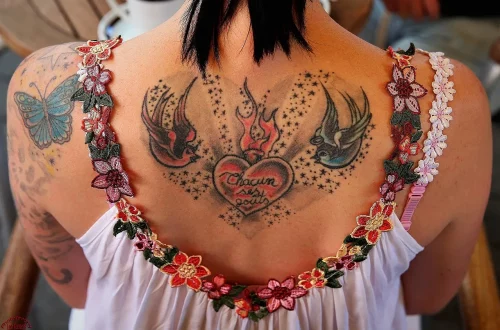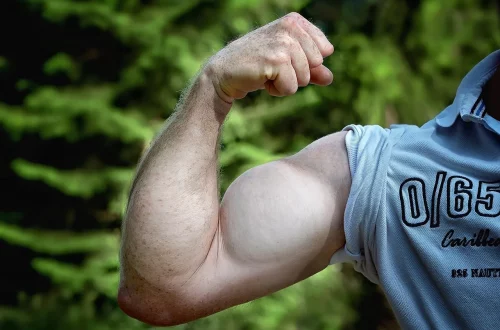
Top 10 Best Shoes for Bunions: Comfort and Style Combined
Finding the right footwear can be a challenging task, especially for those who struggle with bunions. These painful foot conditions often lead to discomfort and frustration, making it essential to choose shoes that not only provide relief but also complement one’s personal style. Bunions, characterized by a bony bump at the base of the big toe, can be exacerbated by ill-fitting shoes, high heels, and certain foot shapes. Therefore, selecting appropriate footwear is crucial for maintaining foot health and overall well-being.
When searching for the perfect pair of shoes, individuals with bunions should prioritize comfort, support, and flexibility. The materials, design, and overall construction of the shoe play a significant role in alleviating pressure on the bunion. Besides comfort, it’s equally important to find shoes that reflect personal style, allowing wearers to feel confident and fashionable.
In recent years, many brands have recognized the need for stylish yet comfortable footwear options for those dealing with bunions. This growing awareness has led to a wider variety of shoes that combine orthopedic benefits with modern aesthetics. As such, individuals no longer have to sacrifice style for comfort.
This article will explore some of the best shoe options for bunions, highlighting their unique features and benefits. By focusing on both comfort and style, these shoes can help individuals navigate their daily lives with ease and confidence.
Understanding Bunion-Friendly Footwear
Choosing shoes that accommodate bunions involves understanding the specific features that can help alleviate discomfort. A bunion-friendly shoe should offer ample space in the toe box, allowing the toes to spread naturally without being pinched or compressed. This is crucial to preventing further irritation of the bunion.
Another essential feature is arch support. Proper arch support helps distribute weight evenly across the foot, reducing pressure on sensitive areas. Look for shoes with cushioned insoles that provide additional comfort and shock absorption. This feature can be particularly beneficial for those who spend long hours on their feet.
Additionally, flexibility in the shoe’s construction is vital. Shoes that are too rigid can exacerbate bunion pain, while more flexible options can adapt to the natural shape of the foot. Materials like leather or breathable mesh can enhance comfort by allowing the foot to move naturally.
When shopping for bunion-friendly shoes, it’s also important to consider the heel height. Low-heeled or flat shoes are generally recommended, as they reduce the strain on the feet compared to high-heeled options. However, some individuals may find that a slight heel can provide better support, so it’s essential to test different styles to find what works best for each person.
In conclusion, understanding the characteristics of bunion-friendly footwear can significantly improve the shopping experience. By prioritizing features such as a wide toe box, arch support, flexibility, and appropriate heel height, individuals can find shoes that provide both comfort and style.
Top Features to Look for in Bunion Shoes
When searching for the best shoes for bunions, specific features should be prioritized to ensure optimal comfort and support. One of the most critical aspects is the toe box. A wider toe box allows the toes to spread naturally, reducing pressure on the bunion. Shoes that are too narrow can lead to increased pain and discomfort, making it essential to select styles designed with ample space in this area.
Another important feature is cushioning. Shoes with adequate cushioning can provide additional support and comfort, particularly in the arch and heel areas. This is especially beneficial for individuals who experience pain not only in the bunion but throughout the entire foot. Memory foam insoles or gel padding can enhance the overall comfort level of the shoe, making it easier to wear them for extended periods.
Arch support is also a key consideration. Proper arch support helps to stabilize the foot and can alleviate pain associated with bunions. Look for shoes with built-in arch support or those that can accommodate custom orthotics if necessary. This feature can make a significant difference in how the shoe feels during daily activities.
Moreover, the material of the shoe plays a vital role in comfort. Soft, breathable materials such as leather or mesh can help reduce friction and irritation, which are common issues for individuals with bunions. Shoes that are too stiff or made from harsh materials can contribute to discomfort and exacerbate the condition.
Finally, consider the shoe’s design and functionality. Many brands now offer stylish options that cater specifically to those with foot conditions. Whether it’s sneakers, sandals, or dress shoes, there are plenty of choices that combine fashion with the necessary support for bunions.
In summary, focusing on features such as a wide toe box, cushioning, arch support, breathable materials, and stylish designs can help individuals find the best shoes for their bunions. By prioritizing these elements, it’s possible to achieve a balance between comfort and style, allowing for a more enjoyable walking experience.
Popular Shoe Brands for Bunion Relief
Several shoe brands are renowned for their commitment to creating footwear that caters to individuals with bunions. These brands have invested in research and development to produce shoes that combine orthopedic benefits with contemporary style.
One such brand is **New Balance**, known for its athletic shoes that provide excellent support and cushioning. Many of their models feature a wide toe box and arch support, making them ideal for individuals dealing with bunions. The brand offers a variety of styles, from running shoes to casual wear, ensuring that there’s something for everyone.
Another popular choice is **Brooks**, which specializes in running shoes. Brooks shoes are designed with comfort and support in mind, featuring ample cushioning and a roomy toe box. Their dedication to biomechanics means that their shoes are often recommended by podiatrists for those with foot issues, including bunions.
For those seeking more formal options, **Clarks** is a great choice. Known for their classic styles, Clarks has a range of shoes that offer both elegance and comfort. Their designs often feature cushioned insoles and supportive arches, making them suitable for work or special occasions.
**Vionic** is another brand worth mentioning, particularly for those who require additional support. Vionic shoes are designed with a built-in orthotic footbed that promotes proper alignment and reduces pain. Their collection includes sandals, sneakers, and dress shoes, ensuring versatility for various occasions.
Lastly, **Skechers** has made a name for itself with its comfortable and stylish footwear. Many of their shoes come with memory foam insoles and flexible designs, providing comfort for all-day wear. Skechers offers a wide range of styles, from casual to sporty, catering to various tastes.
In conclusion, there are numerous brands dedicated to creating shoes that relieve bunion pain while maintaining a sense of style. By exploring options from these popular brands, individuals can find footwear that supports their feet without compromising on aesthetics.
Tips for Staying Comfortable with Bunions
Managing bunion discomfort extends beyond choosing the right shoes. There are several additional tips and practices that can enhance comfort and overall foot health for those living with bunions.
First and foremost, consider wearing shoes that fit properly. Ill-fitting shoes can exacerbate bunion pain, so it’s essential to measure your feet regularly and select the correct size. Remember that foot size can change over time, so it’s wise to try on shoes at the end of the day when your feet may be slightly swollen.
Incorporating foot exercises into your routine can also be beneficial. Simple stretches and strengthening exercises can help alleviate tension in the foot and improve flexibility. For example, practicing toe stretches or using a foot roller can help relieve discomfort associated with bunions.
Another effective method for reducing pain is to use orthotic devices. Custom orthotics or over-the-counter arch supports can provide additional cushioning and support, helping to distribute pressure more evenly across the foot. This can be particularly helpful for individuals who spend long hours standing or walking.
Additionally, consider alternating footwear. Wearing the same pair of shoes daily can lead to increased discomfort. By rotating between different styles, you can help minimize pressure on the bunion and give your feet a chance to recover.
Lastly, be mindful of the surfaces you walk on. Hard surfaces can increase strain on the feet, so opt for softer surfaces whenever possible. If you must stand for long periods, consider using a cushioned mat to provide additional support.
In summary, managing bunion discomfort involves more than just selecting the right shoes. By following these tips—ensuring proper fit, incorporating foot exercises, using orthotics, alternating footwear, and being mindful of walking surfaces—individuals can enhance their overall comfort and quality of life.
**Disclaimer:** This article is not intended as medical advice. If you have concerns about bunions or any other health issues, please consult a healthcare professional for personalized guidance.




